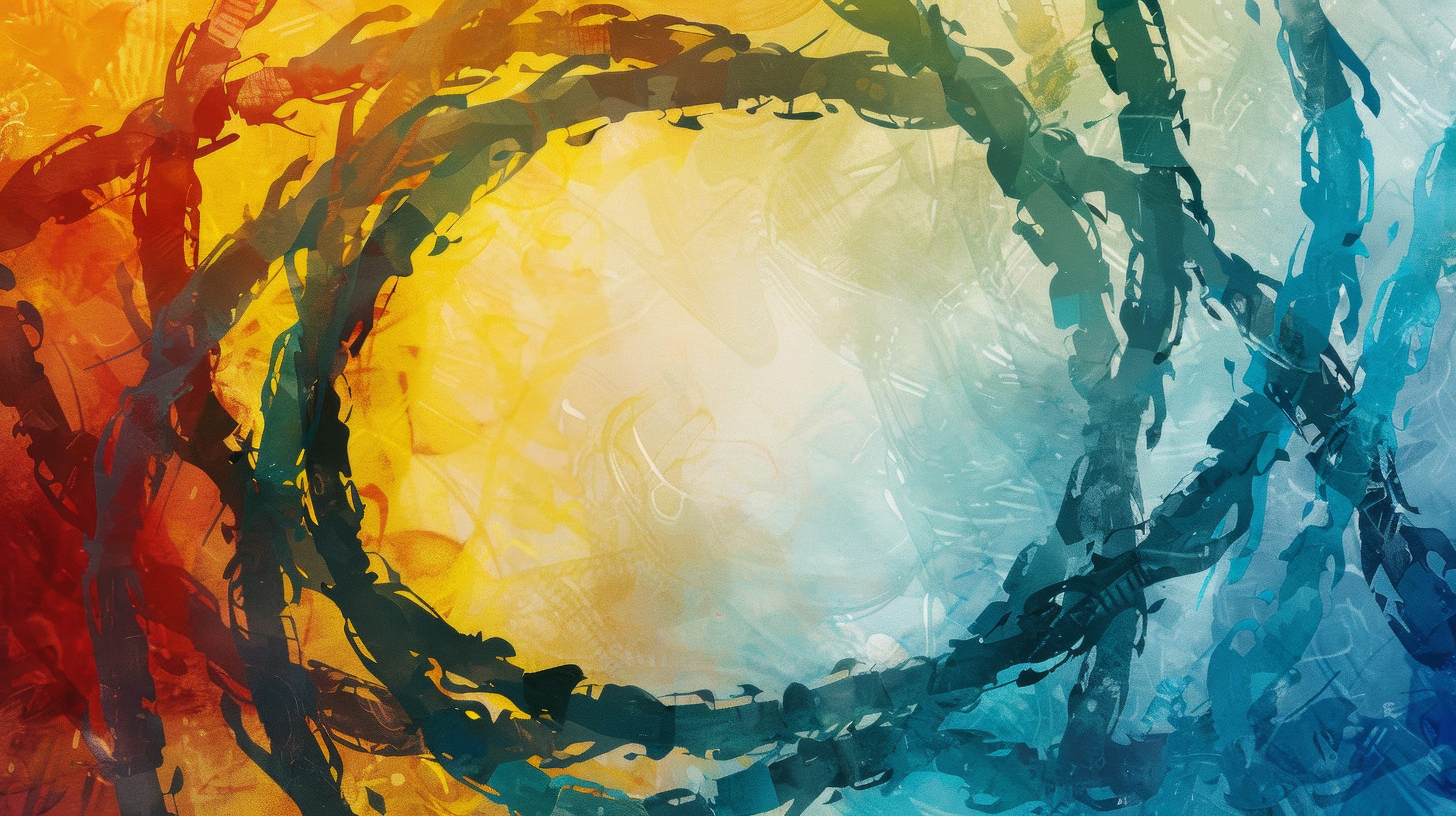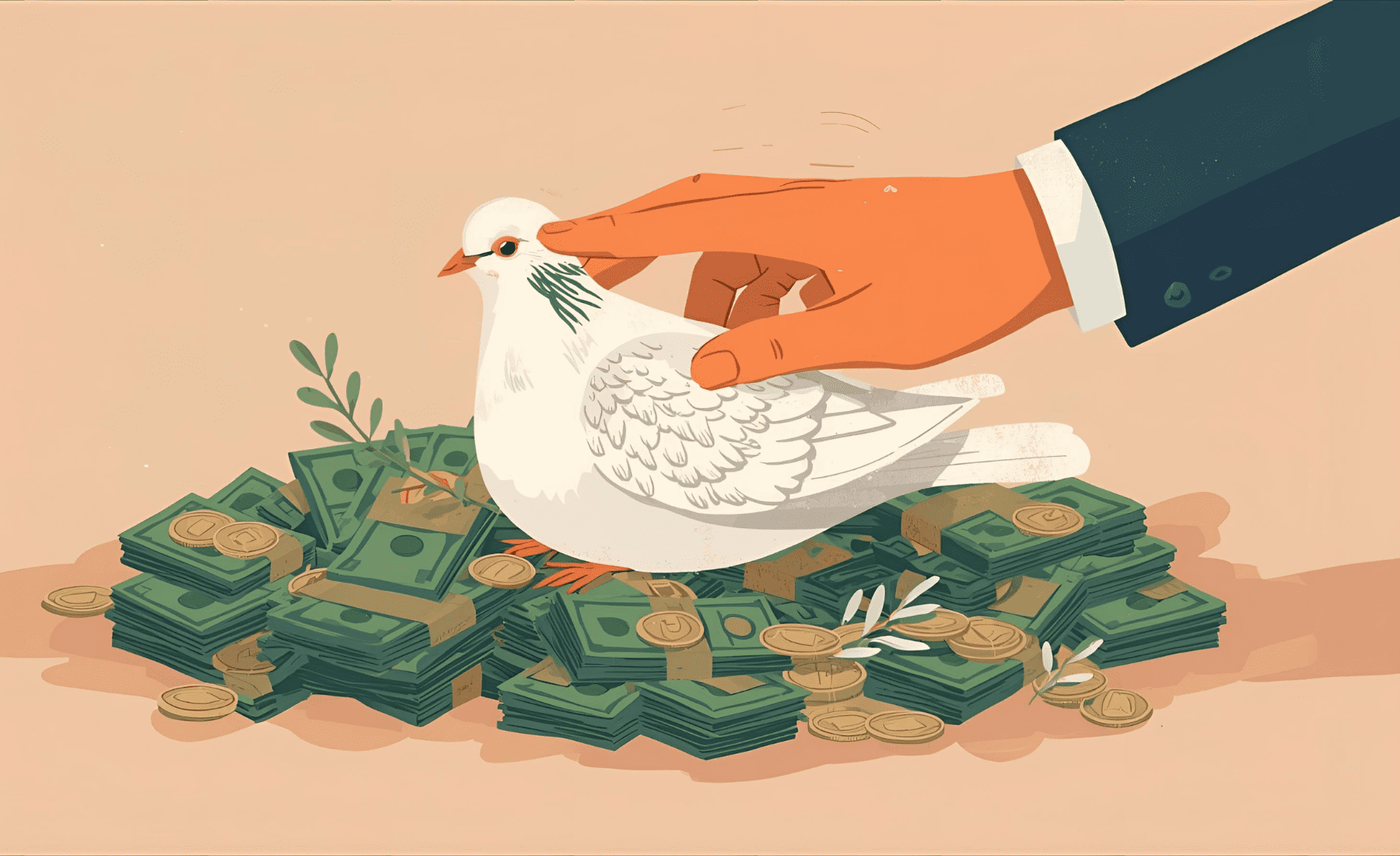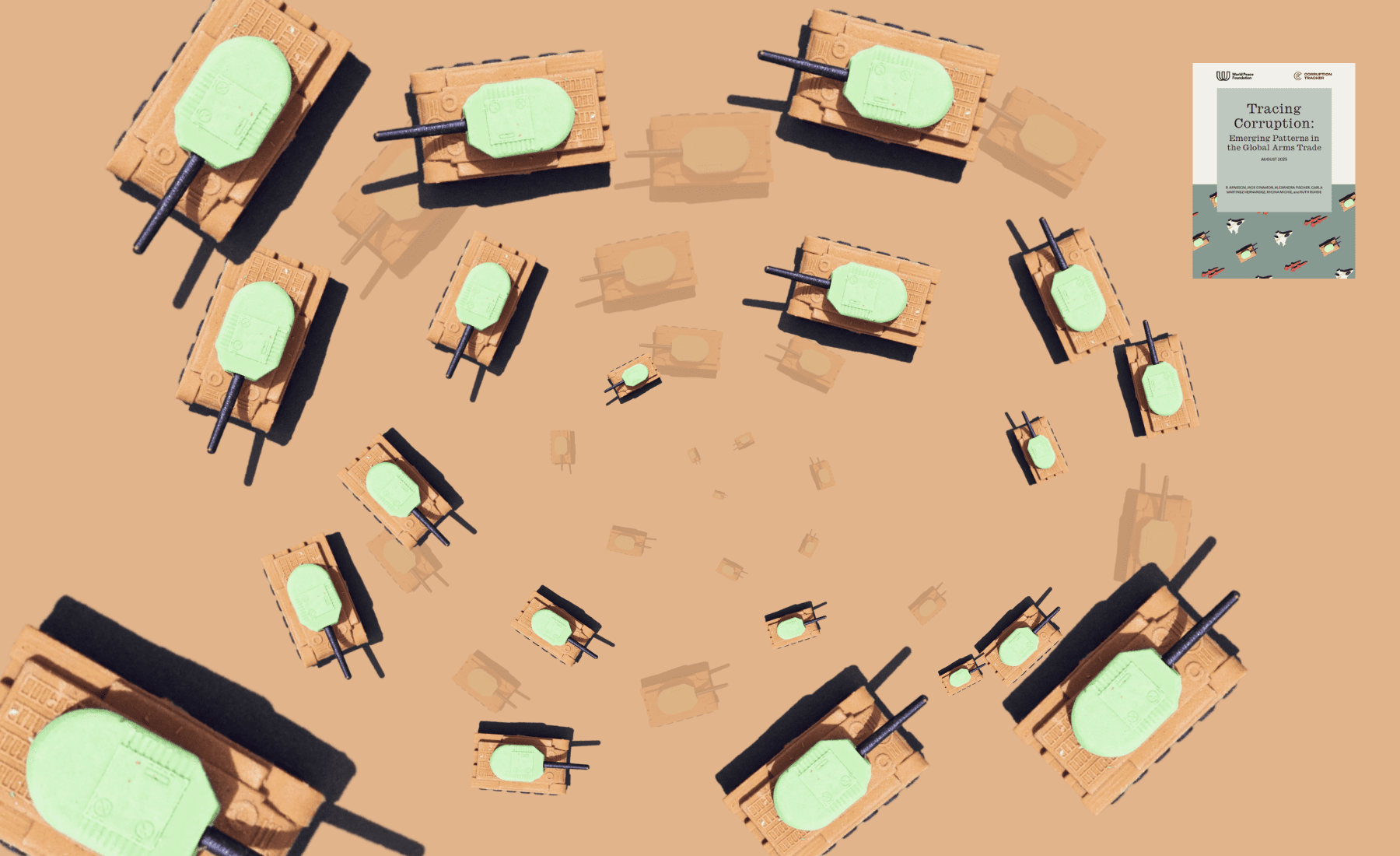Introduction:
This is Part Two of our three-part series of excerpts from a discussion held on June 5, 2024 between Marc Gwamaka, a Rwandan peace educator, and Supreme Hassan, a Massachusetts-based restorative justice practitioner, about their work, which for both centers on providing spaces for people address their experiences of profound violence. The event was co-sponsored by the World Peace Foundation and the Generous Listening and Dialogue Center at the Tish College of Civic Life, both of us are based at Tufts University. It was moderated by Bridget Conley of World Peace Foundation and hosted by Jonathan Tirrell of the Generous Listening and Dialogue Center. In Part 2, Marc and Supreme reflect about what peace and healing mean in the contexts in which they work. The below are excerpts. Additional excerpts can be found in Part One.
Bridget Conley
Marc, in your work, what does peace mean in the Rwanda context? Right? Rwanda is theoretically at peace has been internally since 1995. What does peace mean in the context in which your work takes place?
Marc Gwamaka
So, in our context, peace means healing within, but also giving peace to others. So, we live in a community where we have people involved; in this case we can call them perpetrators or offenders, in the genocide. But also, we have people who are offended against. And all these people are carrying a burden in their hearts. They are carrying wounds, and, to us, peace starts from within, and then it can be given outside.
Bridget Conley
Okay. And, Supreme, I wonder how that resonates with your definition of restorative justice. What is restored? How does that create justice?
Supreme Hassan
Marc’s response to the question informs mine, from—peace is supreme understanding between people for the benefit of the whole. And people, initially starts, with a person; that person having an intricate knowledge of her- or his self in understanding their “why,” and beyond their “why,” the “how.”
In context of restoration practices, the mission is to restore the full human being. I think, as Jonathan, when you said the three things, that—the intersectionality of our humanity; not so different; uniqueness which informs the whole. These were my takeaway notes from how you codified the program. And in particularly, I draw from Dr. Brené Brown, in Daring Greatly, when she says that human beings are hardwired for connectivity.
When I think about that, I think about this web of relationship [holds up graphic card explaining the web of relationships; it is available online here]. In order for us to exist in this web, we have to be conjoined to a central nervous system that is hardwired through empathy, through care, through a willingness to trust, and through understanding. So, when each of us—again, one individual, one relationship, one circle, one court room, one corporation, one college at a time—when it starts with the individual, the individual informs the whole. We can’t have systems that are oppressive without having human beings who oppress.
[…]
Bridget Conley
How does a society heal from harms? And, you know, there are bunch of ideas embedded within that very simple question, right? A society? A country? Is it a society within a group? And which crime has happened? Or as society. And again—the one you talked about at the beginning was within the walls, and the diversity of people there. And what is the role of difficult conversations in healing? So, to either one of you, you’re welcome to weigh in, and we’ll open this up, as well, to our community here. How do we heal?
Marc Gwamaka
In our case, just like you said, the genocide against the Tutsi was planned. People were trained. They were armed with machetes. And there was a system to show who’s supposed to killed. And that also comes with the next level, which would be—when such things happen, that are planned by certain group of people, and they involve many people in what is going on—there is also intentionality in hiding the truth. […]
I think the first part is, there can be reconciliation; there can be healing; but that can’t happen without truth. That can’t happen without truth. Because it’s this truth that opens up—on both sides—that opens up the hidden truth about who was killed, where they were buried, and who killed them. But it’s also the same truth that says, “I’m telling myself the truth, using an example of what I did; and because I’m telling myself the truth, then there are things that I need to deal with.” It’s this truth that takes people to realize that they’re guilty, but also to realize that they can send healing to the others. And that cannot happen without internal dialogue, dialoguing with yourself to know what’s going on. But also external dialogue dialoguing with your community, so that you’re able to now open up the can of worms, which is the difficult thing.
So for example, there are areas in Rwanda where people, Tutsis in those areas were wiped out completely. Even when people come to us, they can be able to say, well, nobody…we don’t know who killed them. No one is going to say what happened. But there are people who experience healing, and they come up and say, no, no, no, no, no.
And this is an example in southern Rwandan, in a place called [unclear], this young man comes in and tells the dad comes through our program, goes through the training. And then he realizes that what his father was telling him about the killings of the Tutsis was not true. So what he does is he goes to prison and starts asking him, Dad, I’m walking with the guilt and shame that you caused me, I didn’t have a hand in the genocide that happened, but whenever I walk around, there’s that guilt and shame that I have. I want you to tell me where the bodies of the people you killed them are.
[…]
But I feel like from from these conversations that we had, and some of those would be young people doing intergenerational dialogues, just to ask their parents that, I want to get married to this person, but the parent is hurting within and they went through a lot of broken trust, that they don’t want you to marry the other because of the fear that they have. And because of the trust that was broken. And this child is saying, No, I grew up in Rwanda, where we’re all Rwandans and I want to get married to this person only. And it’s this truth that comes in where a parent is going to tell the truth.
This is how I feel about what happened. The trust was broken during this time, and maybe I’m scared that they might do the same to you. Right? But also is the other parent saying you know what, I don’t want you to get married to them. Don’t you see, they took your dad to prison, and the child has to know that the truth is, I’m scared. And I have the guilt and shame that I’m worried that when you go with them, and I’ll be walking with that, because I feel condemned of what happened.
So difficult conversations lead to opening up, and opening up leads to discussions that will lead to healing.
Supreme Hassan
There’s a great American poet, he once said, “I know the pain is real, but we can never hear what we never reveal.” Jay-Z, Right?
Understanding the simplicity of this robust statement is like, wow! Each one of us is a pebble in the development of the cornerstone that will change the structure of our society. Our society begins at a place of the personal and the interpersonal.
So, for instance, and—as an example, Dr. Ken Hardy and Dr. Tracy Laszloffy, in the book Teens Who Hurt, they have a four-step model, that talk about the devaluation, dehumanization—and the loss that comes as a result of dehumanization—disrespect, and then the ensuing rage. That same model is applicable on a global level.
I remember as a freshman college student, at 48 years old, saying that I want to write a research paper that shows how the causality of the system or the social construct of racism—going back to the 15th century as a papal decree—had begun the erosion of the human family. And in doing so there was that devaluation affect. “Go and kill all the Saracens wherever they are, if they will not accept the king’s religion.” When I think about that, then I see the resulting dehumanization, of loss, of connectivity, of family.
I didn’t always sit in a place of understanding that connectivity until my spiritual father, who was assassinated for teaching that… as someone who came to birth in the 1950s and ‘60s during the Black Liberation Movement, taught by Malcolm X, the Honorable Elijah Muhammed in Temple 7 in New York City, he left that teachings about human connectivity. He taught us that we’re neither pro-black nor anti-white—that our job is to show up as righteous human beings in contacts with righteous human beings. That means that the mark of devilishment can show its face through white supremacy; but it can also show it’s face through internalized black hate, and a mimicking of that white supremacist system.
So, coming back to Dr. Ken Hardy’s model and looking at the dehumanization of loss, and then understanding how much was lost—using myself as example, loss of the childhood. I was a teen soldier in an urban war, fighting to be heard, fighting to be seen. And the most effective language to utilize was violence. This became known as senseless street violence. But nobody stopped—coming from Dr. Ken Hardy’s model—nobody stopped to acknowledge that we were ‘hurt people, hurting people.’ If the agency of hurt people hurting people was true, then that agency of healed people healing people is equally true. And that counter point of ‘healed people, heal people’ comes from a juvenile lifer who was one of the early trainees of the restorative justice group, or the Transformational Prison Project, Stephen Ward.
He said, “Supreme, if that is true, then this has to be true.” We resolved that we would develop an army of healers to start repairing a family unit. The way we did that was to ignore all the lines of division, demarcation inside of prison, which is one of the most polarized institutions for everything division. And when we begin to erase the lines, by crossing them, an entire community followed. And as a result, from a habilitation process—one individual, one relationship, one community at a time—a movement ensued that went through that department, that agency. It’s not supported by the Department of Correction, but it’s supported by us who are daring greatly to be different.
The connecting tissues that binds me with my brother is, I am a child of the Transatlantic Slave Trade. They are my family.
When I read the book, A Human Being Died That Night [about forgiveness in post-apartheid South Africa] it was impossible to get away with the connectivity with my brothers and sisters on that continent, and my brothers and sisters on this continent. But I knew that my work had to take place on this continent, because I had confidence that there were human beings such as Marc, that were doing work on that continent. And by continuously doing the work of repairing harm, in an unapologetic way, but a way that requires resiliency and a bandwidth that is unimaginable, because while working to repair harm, there’s the continuation of experiencing harm.
So we’re special people called to do a special work. And that is closing the gap between us as human beings; fighting through, and sometimes with, the harm we are experiencing on the interpersonal level — to stay grounded in the mission of doing this work. And, for me, that is what getting to peace looks like.
Bridget Conley
Thank you.
This is the second installation of our three part series of excerpts from Listening and Dialogue for Peace and Justice: A Roundtable Conversation, held on June 5, 2024. Additional excerpts can be found in Part One, and Part Three will follow next week.



